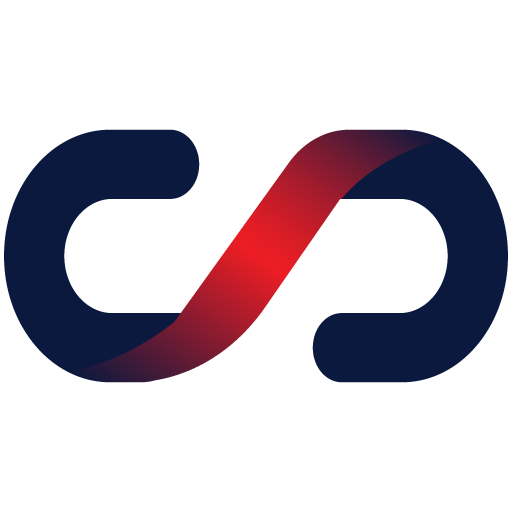The development of artificial intelligence and technologies such as Large Language Models (LLM) and Retrieval-Augmented Generation (RAG) is opening a new era in the optimization of legal processes. In traditional law firms and corporate legal departments, many tasks are time-consuming and require manual analysis of large volumes of data. The implementation of RAG and LLM enables automation, acceleration, and increased efficiency in legal work—without compromising quality.
How Do RAG and LLM Work, and Why Are They Important in Law?
RAG is a hybrid technique that combines large language models with information retrieval mechanisms. In practice, this means that AI not only generates answers based on its internal model but also searches for and uses external data sources to provide more accurate and up-to-date responses. In the legal field, this technology can access case law databases, legal acts, and doctrinal analyses to deliver precise, data-backed responses to legal professionals.
LLMs, on the other hand, are advanced language models capable of generating coherent and understandable texts based on vast datasets. In the legal domain, LLMs can analyze complex legal texts, summarize documents, and even generate suggestions for legal arguments, significantly reducing manual workload.
How Can These Technologies Be Applied in Practice?
In traditional law firms, analyzing precedents and searching through case law databases consume a significant amount of time. With RAG integration, legal professionals can quickly retrieve key rulings while ensuring they align with the latest legal frameworks. The LLM analyzes legal data, while RAG supports it by retrieving the most recent court decisions, tailoring responses to the specific context of a case.
For example, in a copyright dispute, an LLM can generate an interpretation of the law, while RAG assists in finding relevant national and European court rulings on similar cases. This way, the lawyer gains a comprehensive view of legal practice without manually searching through databases and legal information systems.
Document Automation and Legal Drafting
Drafting legal documents—such as contracts, lawsuits, and legal opinions—is a core part of legal work. LLMs can automatically generate document templates based on user-provided data. These models can also suggest revisions and modifications, tailoring the document’s content to specific legal requirements, significantly reducing the time needed for document preparation.
Moreover, during contract reviews, lawyers must identify potential risks, gaps, and legal compliance issues. LLMs supported by RAG can automatically analyze contracts, highlight risks, and suggest clauses that may require revisions or additional provisions. This makes the due diligence process more efficient and minimizes the risk of overlooking crucial legal details.
Case Management and Legal Research
Managing multiple legal cases simultaneously requires precise organization. LLMs can support lawyers in tracking case progress, reminding them of key deadlines, preparing documents, and informing them about legal updates that might impact an ongoing case. RAG ensures access to external data, making it easier to track legislative changes and the latest legal interpretations.
Additionally, RAG and LLM can enhance client interactions by providing fast and accurate responses to legal inquiries. AI-assisted lawyers can generate legal analyses, recommendations, and responses more efficiently, significantly improving customer service quality and timeliness.
Ethical Considerations and Challenges
While legal process automation offers numerous advantages, it requires careful management of ethical concerns. Lawyers must monitor AI algorithms to ensure that AI-driven decisions comply with ethical standards and current regulations.
Furthermore, RAG and LLM process vast amounts of data, including personal information, which raises concerns about privacy protection and compliance with regulations such as GDPR. Finally, the implementation of AI in law firms necessitates training employees in using these tools and adapting workflows to integrate these new technologies effectively.
Discover how the AIssistant.it system can accelerate daily tasks and processes in your company with the help of AI tools: https://aissistant.it/contact/
Graphics by: Microsoft Designer AI


